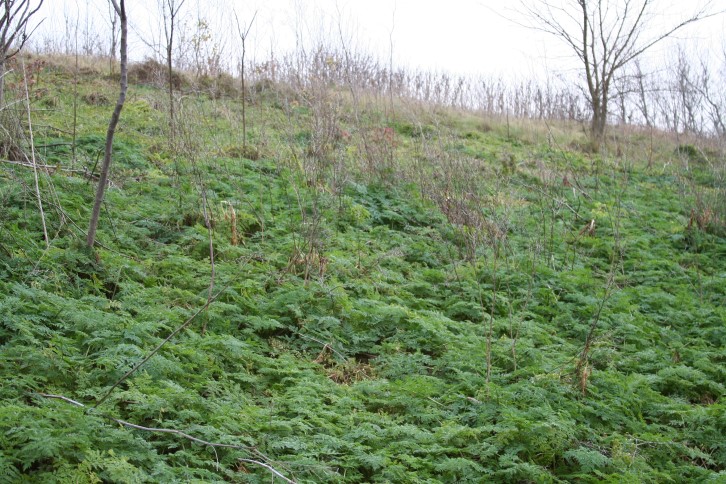
The presence of poison hemlock (Conium maculatum L.) in pastures, fencelines, and field edges (Figure 1) is a frequent concern in many parts of Indiana during the Spring.

The presence of poison hemlock (Conium maculatum L.) in pastures, fencelines, and field edges (Figure 1) is a frequent concern in many parts of Indiana during the Spring.
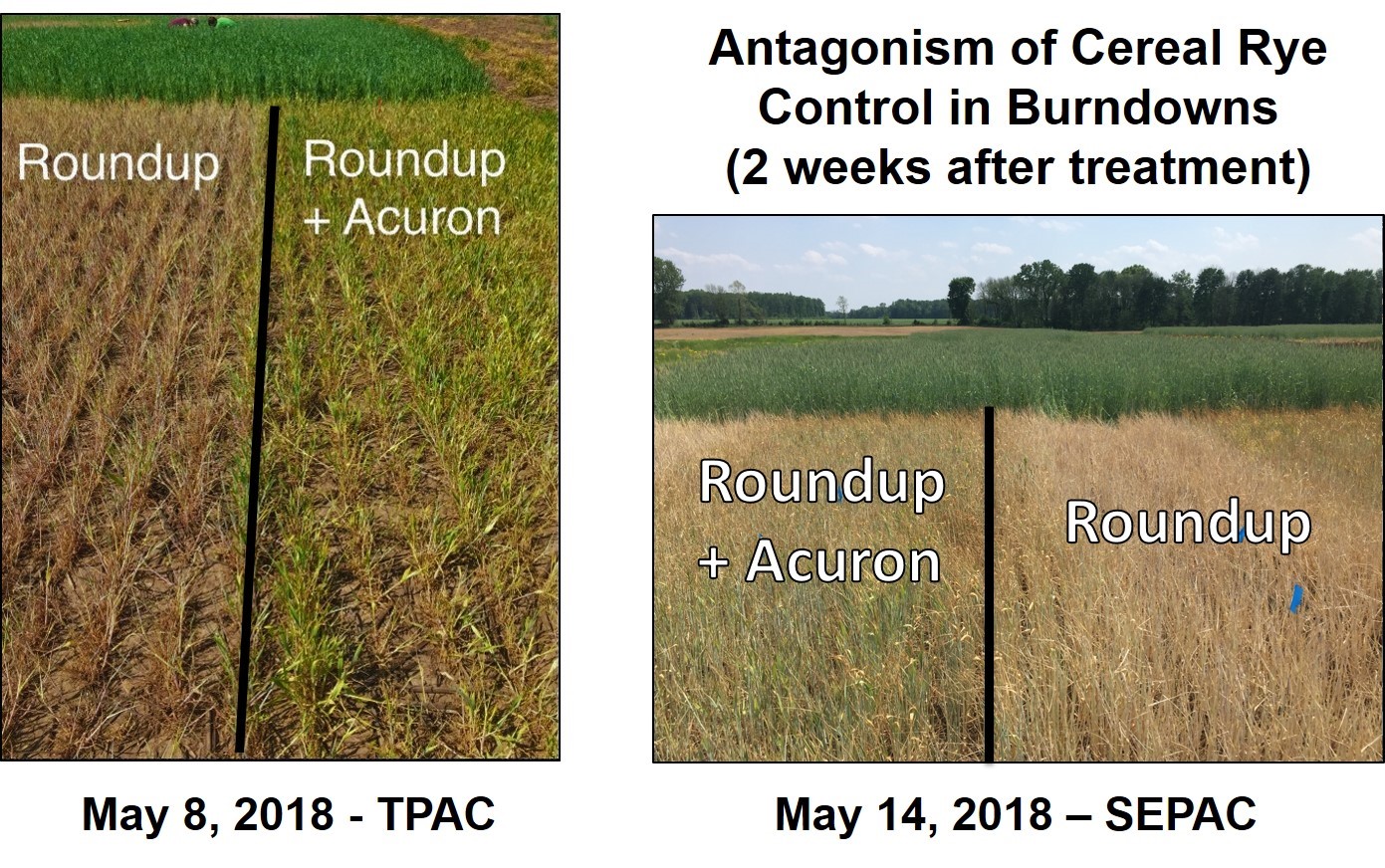
In the Spring, growers may experience challenges when controlling winter annuals weeds or terminating cover crops with glyphosate-based burndown herbicide programs, specifically when glyphosate is sprayed in cool, cloudy weather conditions or tank mixed with residual herbicides, ATS, or synthetic auxins (issue mostly for grasses).
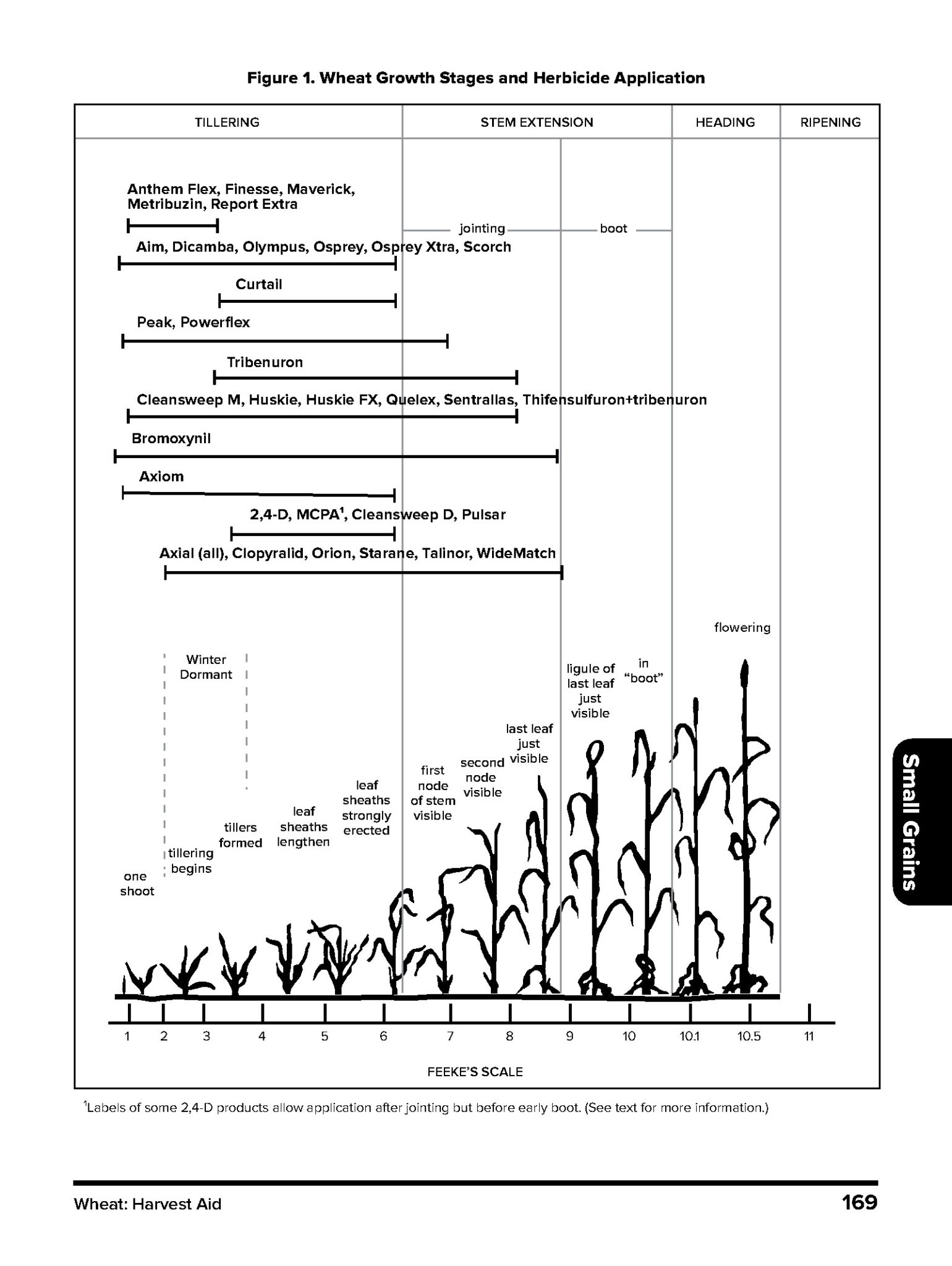
The warmer temperatures experienced in Indiana over the past few weeks and the forecast for warmer temperatures moving forward will allow winter wheat fields in Indiana to green up and resume growth.

One of the topics that we get many questions about is picking a residual herbicide for soybean production that helps with waterhemp control.
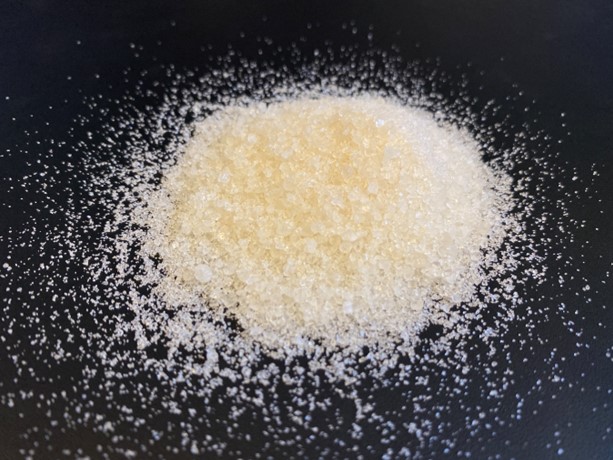
During this time of year, many growers are making decisions about purchasing inputs for the next growing season.

With harvest season right around the corner, now is the time to start making plans for the control of winter annual weeds, including marestail. When harvest and post-harvest conditions allow, fall is the best time to control many of these weeds. This is because the weeds are a lot smaller in the fall, and our fall weather tends to be consistently warmer and drier than our variable cool and wet springs. With fall-applied herbicide season upon us, we wanted to provide a few application tips to those who are planning on making fall herbicide applications: Scout fields and determine whether you need an application. Not all fields need an application; however, if you pull back the crop residue after harvest, especially in corn fields, you are likely to find infestations of winter annual weeds. Scouting fields should begin soon after a field is harvested, with special attention paid to fields[Read More…]
Indiana growers have shown increased interest in utilizing cover crops in our corn and soybean production systems over the last decade.

It has been my observation that many livestock producers that once used tower silos have transitioned to using plastic bags for fermenting forages.
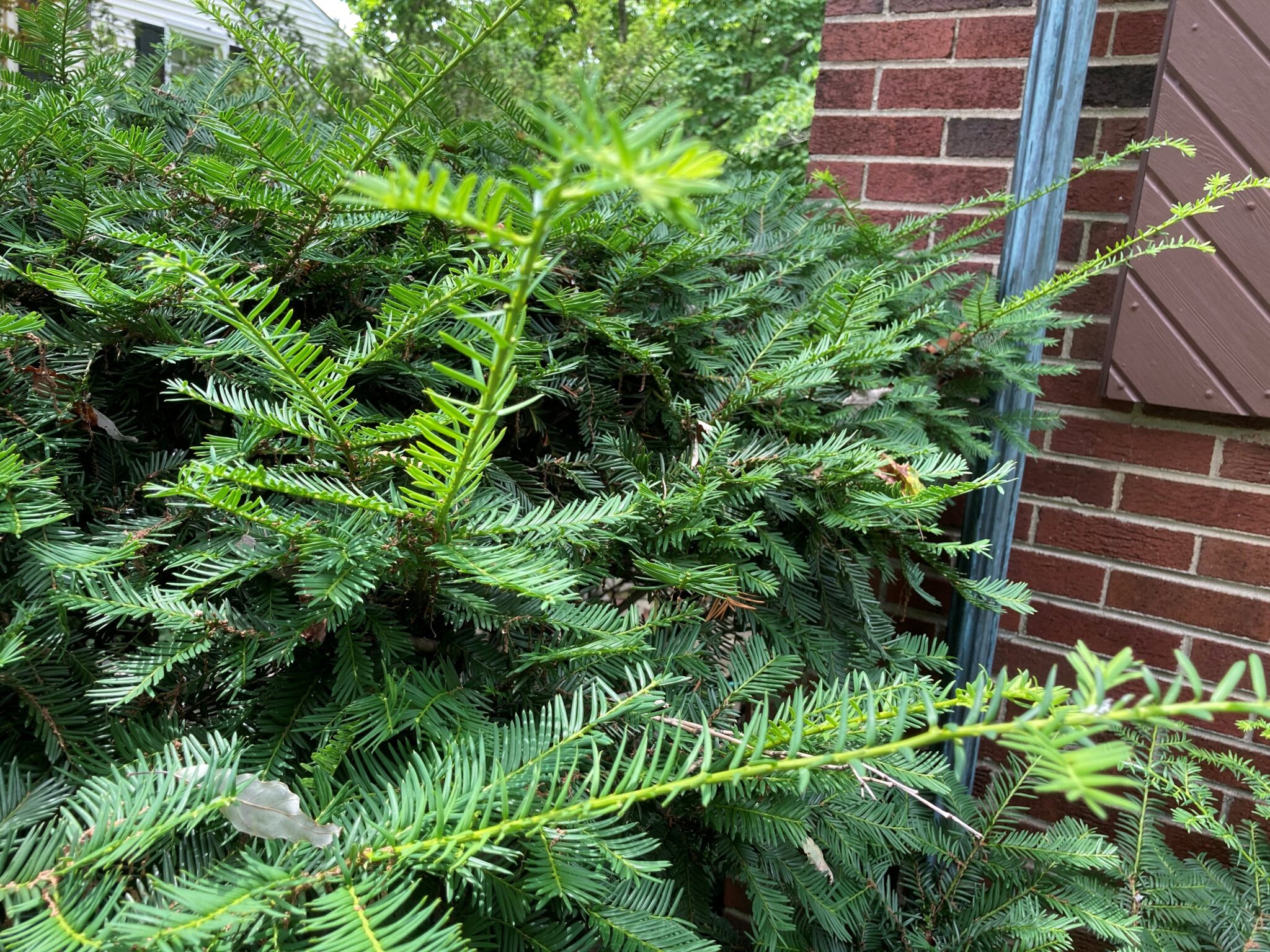
It is that time of year when the yew (pronounced like the letter “U”) is likely in need of a trim to look best as a landscaping plant. Yews have been used as a common landscaping shrub or small tree for decades.
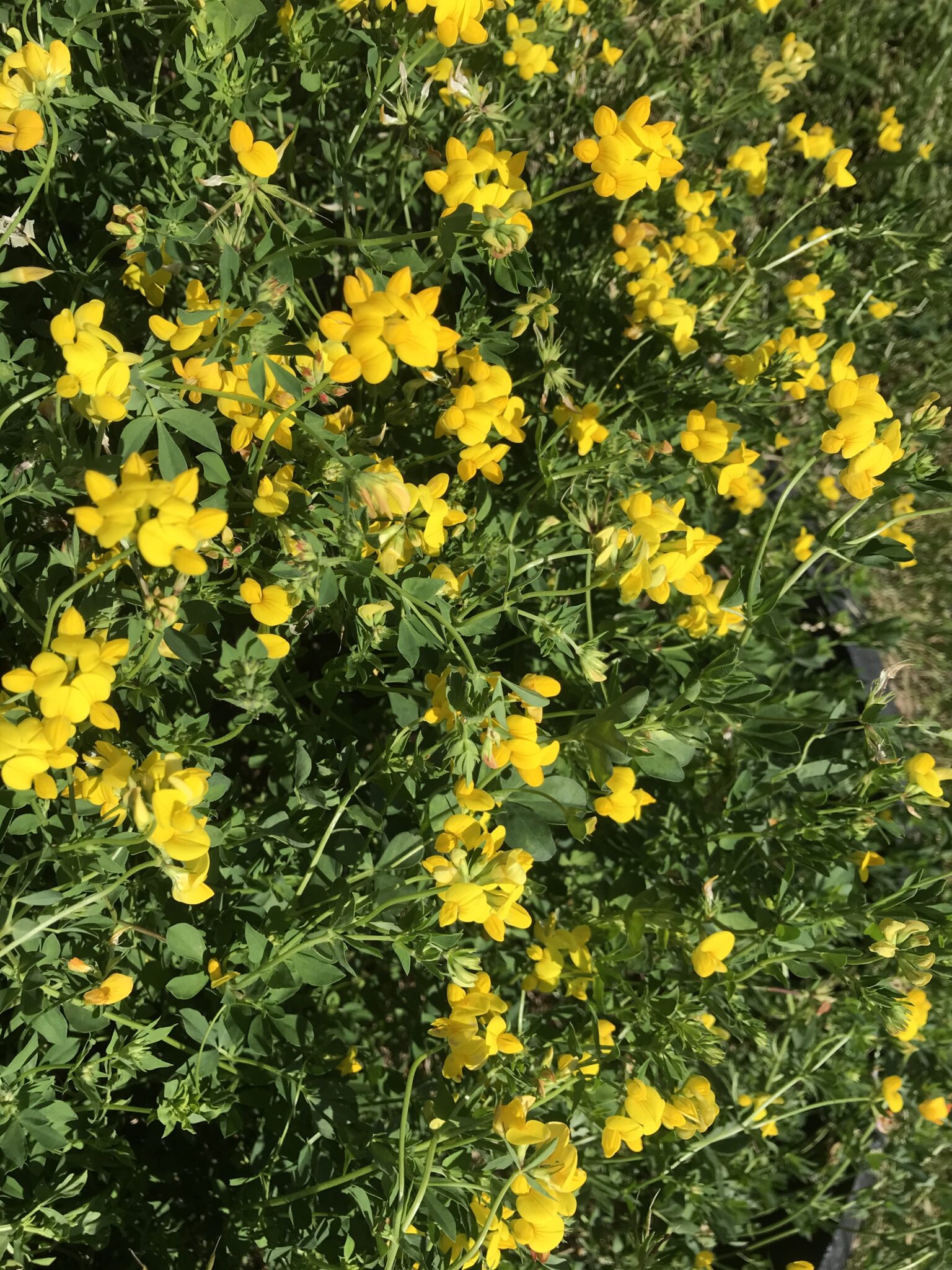
You don’t see birdsfoot trefoil in many Indiana pastures. This perennial legume is in full bloom now with obvious bright yellow-orange flowers.
© 2026 Purdue University | An equal access/equal opportunity university | Copyright Complaints | Maintained by Pest&Crop newsletter
If you have trouble accessing this page because of a disability, please contact Pest&Crop newsletter at luck@purdue.edu.